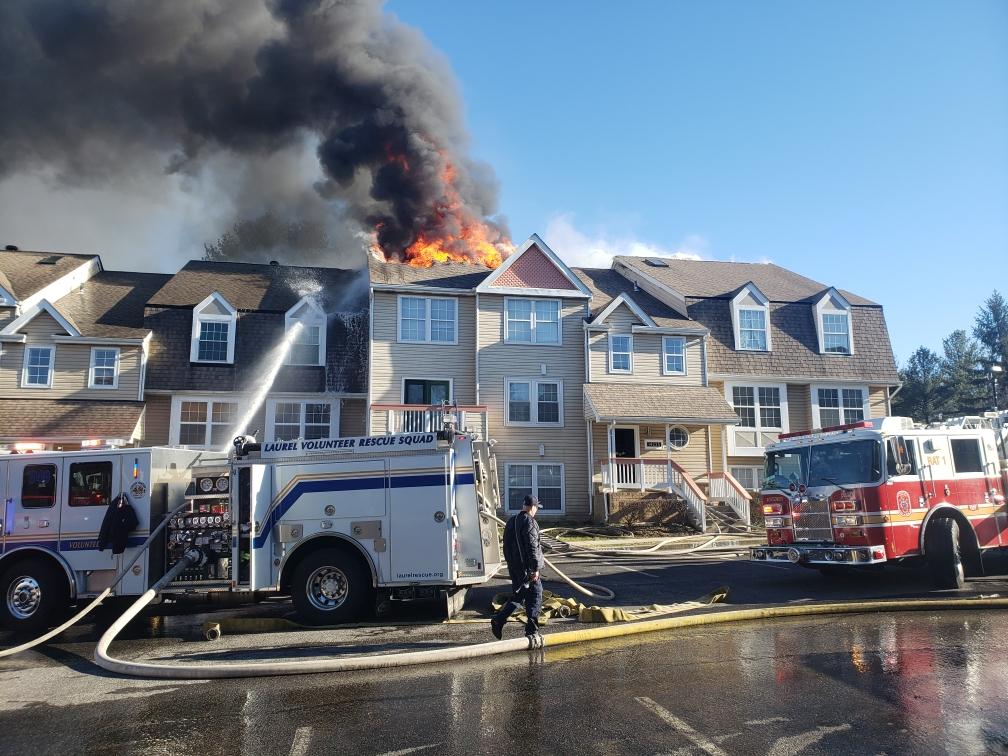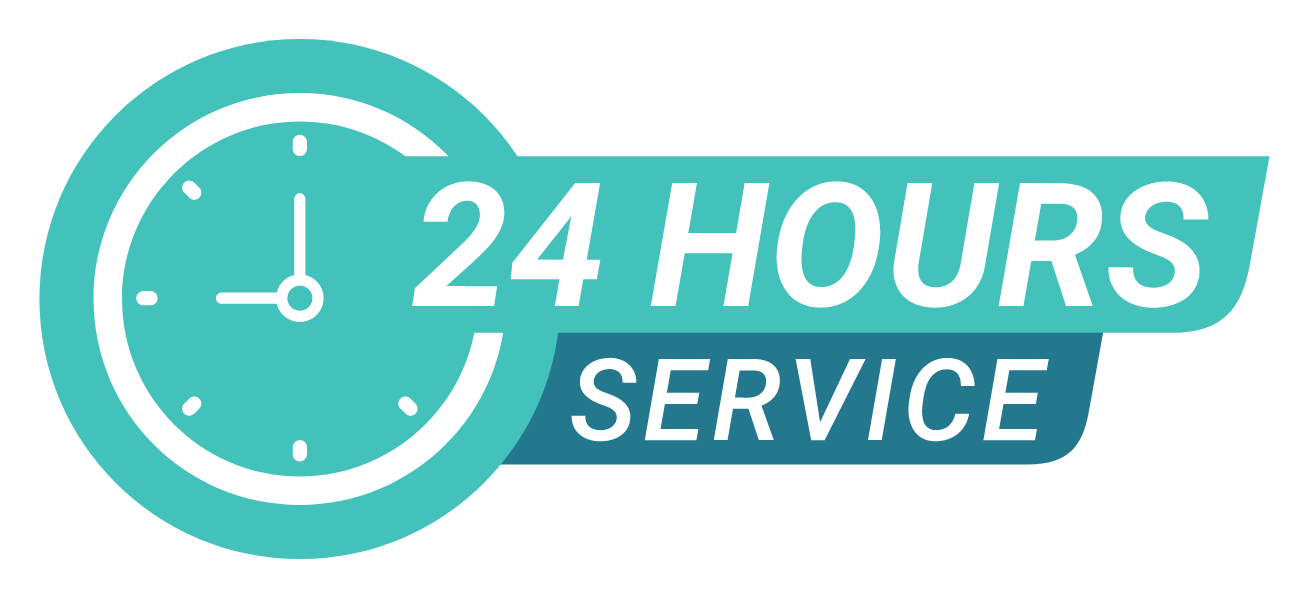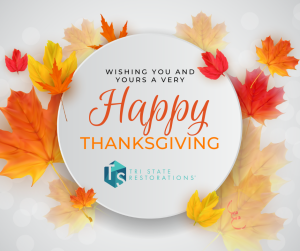A “covered loss” in the context of personal property damage and insurance claims refers to an event or incident that is included under the terms of your insurance policy, meaning the insurer will provide compensation to repair or replace the damaged property. Essentially, it is the type of damage or loss that your policy is designed to protect against.
In simple terms, a covered loss is damage to your property that your insurance company will pay for, according to the terms of your policy.
Examples of Covered Losses

Common examples of covered losses in homeowner’s insurance might include:
- Fire damage: If your home or property is damaged by fire, this is typically covered by most standard policies.
- Water damage: If a pipe bursts or heavy rain causes water damage to your home, this may be covered—though there are exceptions, especially regarding flooding.
- Theft or vandalism: If your personal belongings are stolen or damaged due to burglary or vandalism, this is generally covered.
- Wind or hail damage: Damage from storms, including wind and hail, is usually a covered loss.
- Smoke damage: If smoke infiltrates your property from a fire, this is often included under fire damage coverage.
Exclusions to Keep in Mind
While there are many types of damage that are covered under most policies, it’s important to note that not all damages are automatically covered. Some exclusions might include:
- Flood damage: Standard homeowner’s policies do not cover flood damage; a separate flood insurance policy is needed. Pro Tip: Ask about Leakage and Seepage coverage*
- Wear and tear: Damage that occurs gradually over time, such as rust or mold growth due to improper maintenance, is typically not covered.
- Negligence: If the damage was caused by lack of maintenance or neglect, such as failing to repair a leaky roof, it may not be covered.
*In the context of property insurance, leakage and seepage refer to the gradual movement of water or moisture into a structure, typically over an extended period. These types of water damage are often more subtle than a sudden burst pipe or storm, which is why they can be more challenging to detect and may not always be covered under a standard homeowner’s insurance policy.
- Leakage refers to water that escapes from its intended pathway, such as a slow drip from a cracked pipe or plumbing system.
- Seepage refers to water or moisture that enters a property from the ground, often through foundations, walls, or other porous materials.
Is Leakage and Seepage Coverage an Underwriter’s Policy?
Leakage and seepage coverage is generally not included in standard homeowner insurance policies. In fact, many policies exclude it, considering these issues to be a result of poor maintenance or wear and tear, which are not covered by most insurance. However, some insurers do offer this coverage as an optional endorsement or add-on to the standard policy. This type of coverage is often specifically addressed by underwriters who evaluate the risk and determine whether it’s appropriate to include it based on the property’s characteristics.
In some cases, insurers will require specific conditions to be met, such as:
- Regular maintenance and inspections to prevent gradual water damage.
- Proper waterproofing or drainage systems installed around the property.
- A history of plumbing or foundation issues.
Without this endorsement, if leakage or seepage occurs, the homeowner may need to bear the full cost of repairs.
Why It’s Crucial to Review Your Policy Annually

The specifics of what is and isn’t covered in your insurance policy can change over time. This makes it extremely important to review your policy annually with a licensed agent to ensure you have the coverage you need when you need it most. Over the course of a year, your circumstances may change, such as:
- Home improvements or upgrades: If you’ve made renovations or added new features to your property, your old coverage may not be enough to protect these new assets.
- Changes in the market: The cost of repairs or replacements can increase over time. You want to ensure your policy reflects the current value of your property and its contents.
- Policy changes or exclusions: Insurance companies may adjust coverage limits, premiums, or exclusions without your knowledge. An annual review ensures you’re fully aware of any changes and can make adjustments to avoid being underinsured.
By proactively reviewing your policy each year, you’ll be prepared for unexpected events and avoid finding out that something important isn’t covered when disaster strikes. The last thing you want is to discover that your policy no longer meets your needs or leaves you vulnerable to costs you didn’t anticipate.
Why It Matters
Understanding what constitutes a “covered loss” is crucial when filing an insurance claim, as it determines whether or not your claim will be approved and what will be reimbursed. Always review your policy with a licensed agent to ensure you are fully covered in the event of damage. By staying proactive and staying on top of your insurance coverage, you can help ensure that you are well-protected when you need it most.
About Tri State Restorations
At Tri State Restorations, we are committed to providing top-tier restoration services and Turning Disaster into Peace of Mind®. With 25+ years experience and a team of IICRC-certified professionals, we specialize in property damage recovery services for Washington DC Metropolitan area businesses and homeowners. We understand that property damage can be overwhelming, which is why we’re dedicated to helping our customers navigate the insurance claims process with ease and efficiency.
Our goal is to minimize out-of-pocket costs while restoring your property to its pre-loss condition as quickly as possible. Available 24/7, we’re here when you need us most, offering fast, reliable service that protects your property and peace of mind. When disaster strikes, trust the company known for delivering exceptional restoration services—Tri State Restorations.
Call 866-818-1949 to learn more or to schedule service today.
Sharing is caring!







